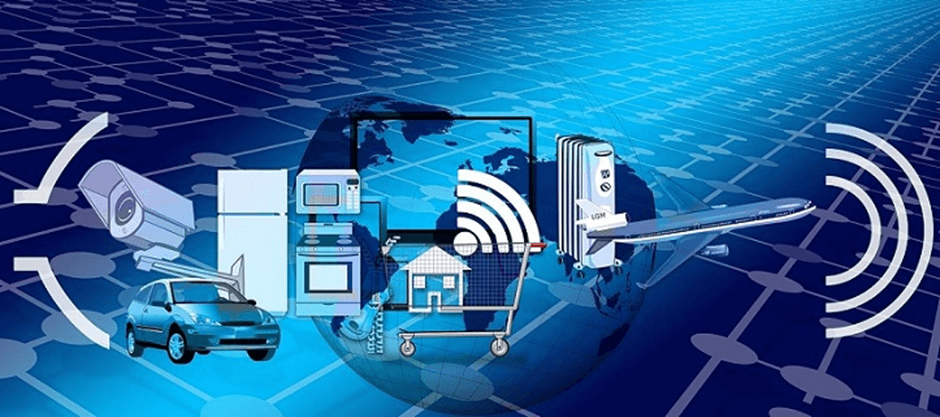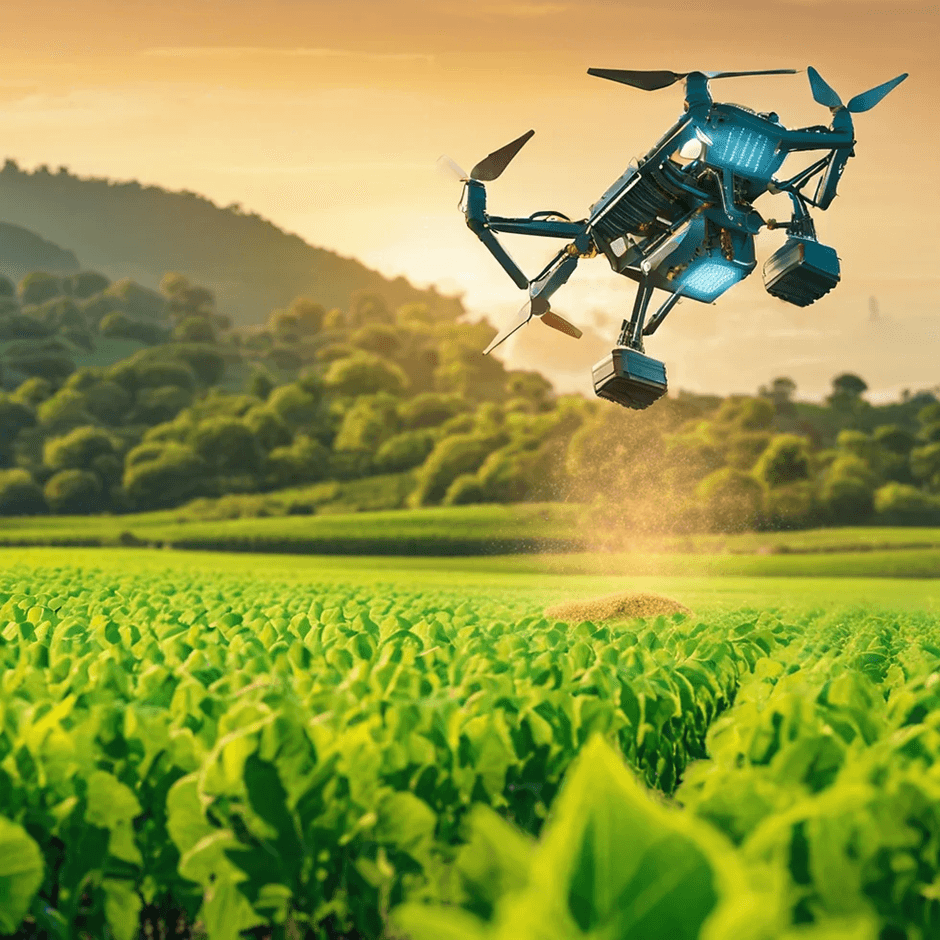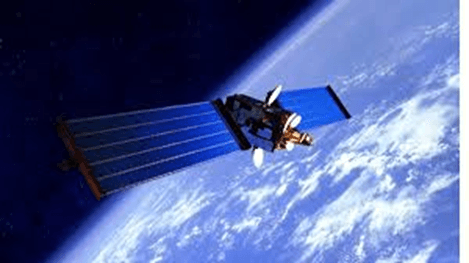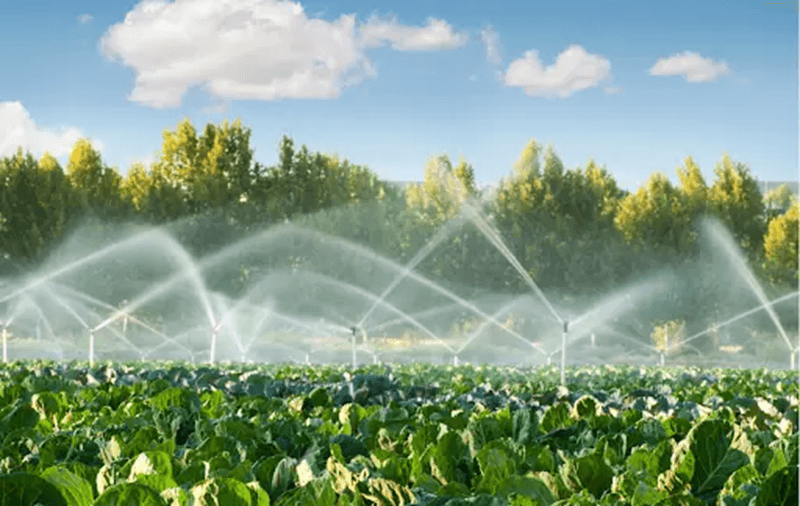Exploring the Potential of Edge Computing for Kenyan Enterprises in 2025
Edge computing is a transformative technology that is rapidly gaining traction globally due to its ability to bring computation and data storage closer to the source of data generation. In 2025, Kenya’s enterprises are increasingly adopting edge computing solutions to optimize their operations, reduce latency, and improve the efficiency of their business processes. This decentralized computing model enables real-time data processing at the “edge” of the network—such as at local devices, sensors, or regional data centers—rather than relying on distant cloud servers.
As industries in Kenya embrace digital transformation, edge computing presents a tremendous opportunity to accelerate growth, enhance customer experiences, and streamline operations across various sectors. This blog delves into the potential of edge computing for Kenyan enterprises, highlighting its benefits, applications, and the opportunities it offers in shaping the future of business in Kenya.
How Biometric Technology is Enhancing Security in Kenyan Banks in 2025
Biometric technology is transforming the banking sector worldwide, and Kenya is no exception. As cyber threats and identity theft grow, banks are adopting biometrics to enhance security, improve customer experience, and streamline operations. From fingerprint scanners to facial recognition, these technologies are becoming critical tools in the fight against financial fraud.
In this blog, we will examine how biometric technology is revolutionizing security in Kenyan banks, the benefits it offers, and the challenges it faces in 2025.
How Smart Home Technologies are Gaining Traction in Kenya in 2025
As we move deeper into the digital age, smart home technologies are gradually becoming a common feature in homes across the world. In Kenya, where technology adoption is rapidly increasing, smart homes are beginning to gain significant traction. With innovations ranging from automated lighting and security systems to energy-efficient appliances and climate control, smart home solutions are transforming how Kenyans live. This shift towards a more connected, convenient, and energy-efficient lifestyle is not only changing homes but is also contributing to sustainability efforts and improved living standards. In this blog, we will explore the growth of smart home technologies in Kenya in 2025, the benefits these technologies offer, and the challenges that still need to be overcome.
How Technology is Helping Kenyan SMEs Scale Globally in 2025
Small and medium-sized enterprises (SMEs) are the backbone of Kenya’s economy, contributing significantly to job creation and economic growth. In recent years, technological advancements have provided these businesses with new opportunities to expand beyond local markets and scale globally. With the rise of e-commerce platforms, digital payment systems, cloud computing, and social media marketing, Kenyan SMEs now have the tools to compete on a global scale.
In 2025, technology continues to play a pivotal role in the growth of SMEs in Kenya, helping them overcome barriers such as limited resources, market access, and geographic constraints. This blog explores how technology is enabling Kenyan SMEs to scale globally, the challenges they face, and the strategies that can help them thrive in an increasingly digital world.
How Technology is Revolutionizing Disaster Management in Kenya in 2025
In Kenya, natural disasters such as floods, droughts, and landslides have long been a major challenge, causing significant loss of life, property, and livelihoods. In recent years, however, technology has started to play a pivotal role in improving disaster preparedness, response, and recovery. As climate change intensifies these challenges, the integration of innovative technologies into disaster management strategies is becoming increasingly important.
This blog explores how technology is transforming disaster management in Kenya, focusing on the tools and innovations that are being used to mitigate the effects of disasters and enhance the country’s resilience in the face of future crises. From early warning systems to drones and data analytics, technology is playing a crucial role in building a more robust disaster management framework.
How Wearable Technology is Enhancing Healthcare in Kenya in 2025
Wearable technology has become a transformative force in the healthcare sector globally, and Kenya is no exception. As the country grapples with various health challenges, such as communicable diseases, maternal health issues, and chronic conditions, wearable technology is providing a new avenue for improving healthcare delivery. These innovative devices, which can monitor health parameters in real-time, empower both patients and healthcare providers to make informed decisions, leading to better outcomes.
In 2025, wearable tech has advanced significantly, with more sophisticated devices designed to track vital signs, manage chronic diseases, and even facilitate telemedicine. This blog will explore how wearable technology is revolutionizing healthcare in Kenya, the benefits it offers, and the challenges to widespread adoption, while also looking at its potential future role in the country’s healthcare landscape.
Kenya’s Role in Advancing Quantum Computing in Africa in 2025
Quantum computing has emerged as one of the most transformative technologies of the 21st century, with the potential to revolutionize fields ranging from cryptography to healthcare, energy, and artificial intelligence. While much of the global focus on quantum computing has been on the United States, Europe, and parts of Asia, Kenya is making significant strides in positioning itself as a leader in this groundbreaking field within Africa. In 2025, the country’s efforts to advance quantum computing are gaining momentum, offering promising opportunities for technological innovation and economic growth.
This blog explores Kenya’s role in advancing quantum computing in Africa, the initiatives and partnerships driving its progress, and the potential impact on the country’s technology landscape, education system, and global competitiveness.
Leveraging Machine Learning to Improve Kenya’s Agricultural Yield in 2025
Agriculture is the backbone of Kenya’s economy, contributing approximately 25% of the country’s GDP and employing nearly 70% of the population. Despite its critical role, the sector faces significant challenges, including unpredictable weather patterns, soil degradation, pests, and inefficient farming practices. In 2025, machine learning (ML) is emerging as a transformative tool, helping farmers optimize agricultural yields, reduce waste, and make data-driven decisions.
In this blog, we’ll explore how machine learning is being applied to improve Kenya’s agricultural productivity, the benefits it offers, and the challenges and opportunities it presents for the future.
Satellite Internet Services: Bridging Kenya’s Connectivity Divide in 2025
In 2025, Kenya is witnessing a major shift in its digital landscape, thanks to the rise of satellite internet services. Despite advancements in mobile and broadband networks, significant gaps in internet access persist, especially in rural and remote areas. Satellite internet is emerging as a game-changer, offering a viable solution to bridge this connectivity divide. By providing high-speed, reliable internet access in underserved regions, satellite internet is unlocking opportunities for education, healthcare, agriculture, and business development across Kenya.
This blog explores the role of satellite internet services in improving connectivity in Kenya, the challenges of implementation, and the potential benefits for individuals and industries alike.
Smart Farming: How Sensor Technology is Optimizing Agriculture in Kenya in 2025
Agriculture in Kenya is undergoing a digital transformation, with smart farming technologies playing a pivotal role in optimizing yields, reducing costs, and promoting sustainability. Among these technologies, sensor-based systems are revolutionizing farming practices by providing real-time data on soil conditions, weather patterns, water needs, and crop health.
In 2025, the adoption of sensor technology is not only enhancing productivity but also addressing challenges like climate change, resource scarcity, and food security. This blog explores how sensor technology is transforming Kenya’s agriculture, its benefits, and the opportunities it offers for farmers and the agricultural sector at large.
















